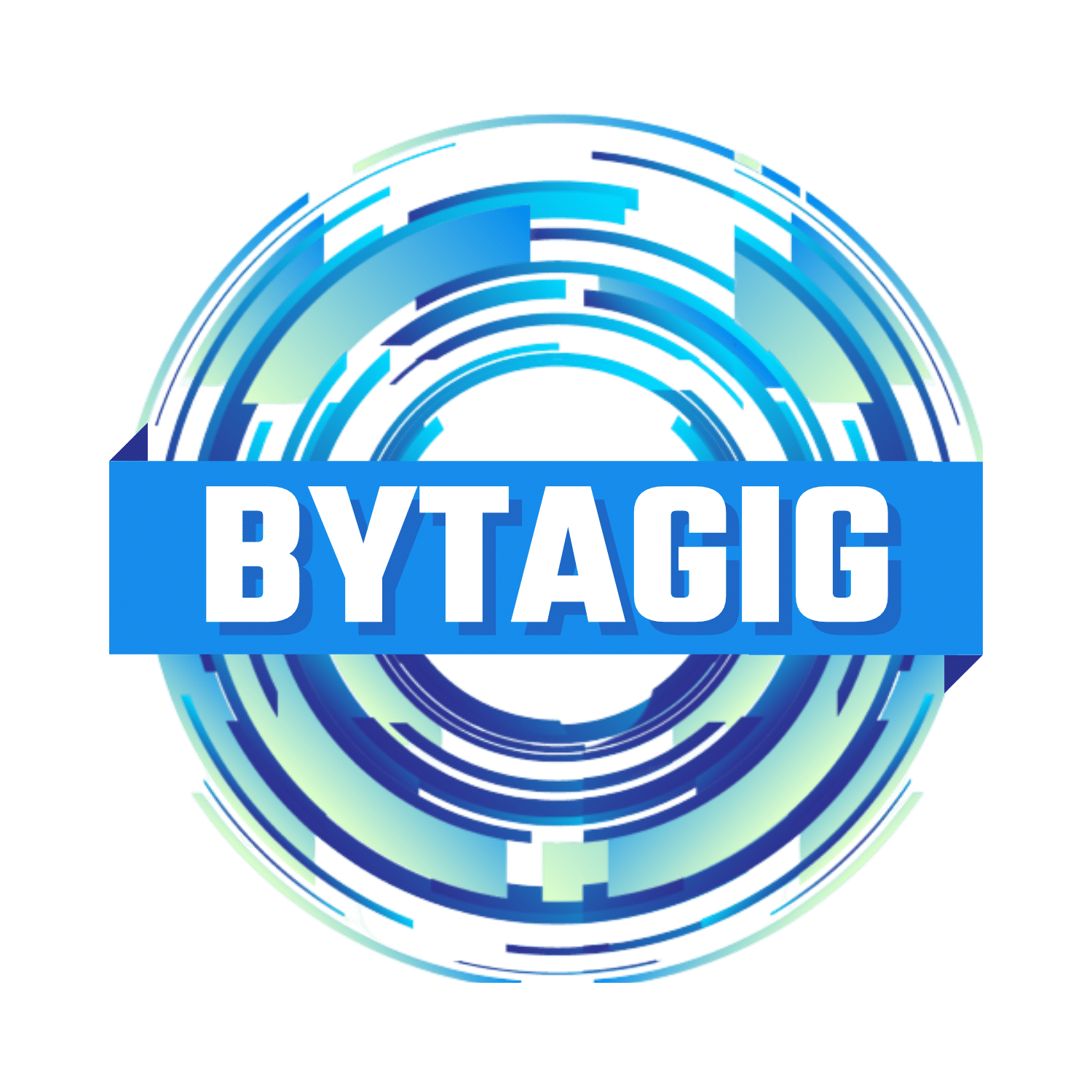04 Oct Malicious AI Tools and the Dangers of Fake Websites
Phishing is a prominent and dangerous schema that’s expanded in sophistication over the years. But worsening the dangerous of phishing are AI tools, machine-learning-generated content that can customize messages, obfuscate sources, and bypass typical checks to successfully breach targets.
While AI-generated phishing emails are still in a “juvenile” state, they’re expected to advance as AI expands in prominence and use.
Rules of Engagement
There are several ways hackers utilize AI to deceive targeted users. For instance, AI-generated websites are designed to create legitimate web domains. If a user engages or interacts with this domain, such as entering sensitive login information, they’ve compromised their credentials to an unknown malicious party. In other cases, these fraudulent websites can even contain “helpful” AI chatbots or even AI writing assistants (think ChatGPT but malicious).
These “professional” appearing domains can be created within seconds, complete with official-looking media, texting, and resources to grant them the illusion of authenticity. These websites require little to no verification (like phone or email), resulting in fraudulent domains created within minutes. Even if that website is discovered to be malicious and removed, it can be quickly replaced. The uptime creates expansive dangers, too. Even if the malicious website is active for a handful of days, the information gathered in that time is hazardous, capable of ballooning into additional phishing campaigns.
Doubled Edge Sword
A golden rule of technology: what benefits us benefits them, “they” being hackers and malicious third parties. The rush to expand, develop, and hyperfocus on machine-learning-generated content has seen massive adoption by businesses in the tech sector. But these generative tools have proven to be a massive boon to hackers.
Thus, it has created a rapid expansion of attack surfaces. In other words, potential points of entry for hackers to host malicious domains or attempt to bypass security protocols. As AI tools continue to see rapid advancement, the resources provided to hackers will also expand.
Hackers utilize other AI tools to further enhance their fraudulent domains. For instance, text and code generation ease the manual work required to develop malicious code. Media generation tools can also produce legitimate images, even utilizing deepfakes, to create the appearance of legitimacy.
A Dangerous Start
Despite the growing threat, there is “good news.” At present, the creation and deployment of these malicious domains appear simple and rudimentary in design. Meaning that at a cursory glance, they can be identified as fraudulent.
Depending on the context of the website, there are cues to look out for. One is the discovery of the website. Links to said malicious website are typically sent via email, prompting the recipient to engage with any link(s) present. So, we can already put up an initial safeguard by identifying a phishing email. Remember the rule: if you don’t know the origin of the email, do not click any links. Especially in a business network environment, verify, then trust.
However, in the circumstance you clicked on the link, your information is not in danger, yet. Again, practicing a “no-trust” engagement ensures your data, such as passwords, email, and other personal details, remain safe. Additionally, like phishing emails, falsified websites have essential visual cues. Most appear incredibly simple with barebones media present, prompting the user to engage with any links or clickable entities. The falsified website might contain “offers” for fake gift cards, contain prompts for “critical documents,” or even offer fake services to a business.
Like most social media schemes, the idea is to prey on users who do not take proper precautions. Unfortunately, accounting for human error is difficult. We routinely emphasize the importance for good cybersecurity awareness and education, but the decision ultimately comes down to the user(s).
In an enterprise environment, however, you have more control. Limiting access permissions, enabling sensible cybersecurity rules, and educating your workforce about the dangers of AI-generated websites helps protect your infrastructure from potential phishing attacks.
Ultimately, AI-generated malicious websites are just another risk factor in this rapidly changing technology landscape. To better protect ourselves, we must remain of each and every threat. For more information about protection or for defense solutions, reach out for help.
Contact Bytagig today for additional information.
Share this post:

Sorry, the comment form is closed at this time.